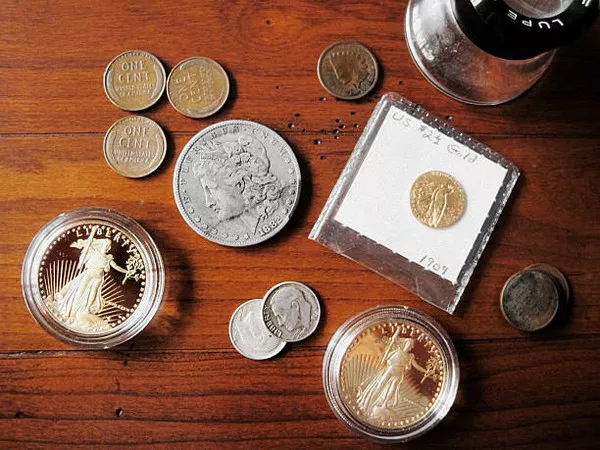Gold miners have faced significant challenges in recent years, particularly following the introduction of Gold and Silver Exchange-Traded Funds (ETFs) and a prolonged secular bear market lasting 13 years. While sentiments may suggest that gold miners are not favorable investments, the reality is more nuanced. Here are essential points to consider:
Gold Stocks as Options on Gold Price The advent of Gold ETFs in 2004 and Silver ETFs in 2006 shifted investor preference towards these instruments, relegating gold miners to being viewed as options on the gold price. Previously, investors primarily gained exposure to gold or silver through mining companies. This shift has altered the valuation dynamics of miners significantly.
Performance During Gold Breakouts and Rebounds Gold stocks tend to outperform gold itself during significant price breakouts and rebounds. This is attributed to the accelerated mining margins that occur during strong trending moves in the gold price, notably observed after major gold price lows, such as in October 2008 and March 2020.
Outperformance During Gold Cyclical Bulls Gold stocks also excel during gold cyclical bull markets, which typically last around three years and coincide with price breakouts in gold. Examples include the cyclical bull markets from August 2018 to August 2020 and October 2008 to April 2011, characterized by substantial gold price breakouts.
Severity of Gold Stock Bear Markets Gold stock bear markets can be severe and prolonged. Historical data, such as the Barron’s Gold Mining Index chart spanning a century, illustrates significant declines despite long-term growth. For instance, the 2000 to 2011 secular bear market included a crash during the Global Financial Crisis.
Long-Term Performance Comparison Over extended periods, gold tends to outperform gold stocks. While gold stocks may shine during secular bull markets, gold itself proves to be a superior long-term investment over periods exceeding 15 years.
Inflation-Adjusted Gold Price as an Indicator Monitoring the inflation-adjusted gold price against the Consumer Price Index (CPI) provides valuable insights into gold miner margins. Gold stocks closely follow these margins rather than the nominal gold price itself.
The current market environment, with gold breaking out from a 13-year cup and handle pattern, presents an intriguing landscape. Despite potential corrections in gold and silver prices, gold miners are displaying relative strength, suggesting future opportunities. If the current cyclical bull in gold extends for another three years, miners are poised to outperform gold for an additional 18 to 24 months, representing a promising phase for junior gold and silver stocks.
In summary, while gold miners have faced challenges amidst evolving market dynamics, astute investors can capitalize on the cyclical nature of gold markets, leveraging opportunities presented during breakout phases and cyclical bull markets in gold. Understanding these nuances is crucial for navigating the complexities of investing in gold mining companies.


